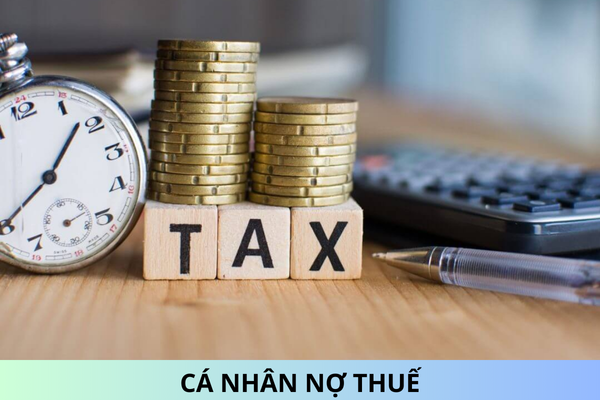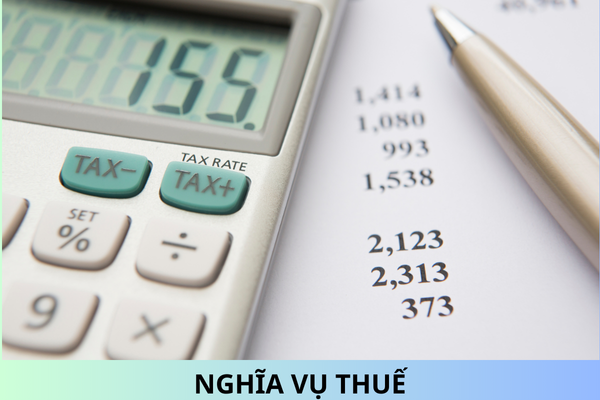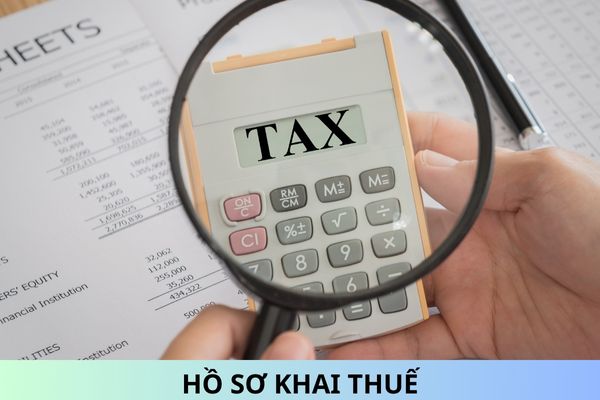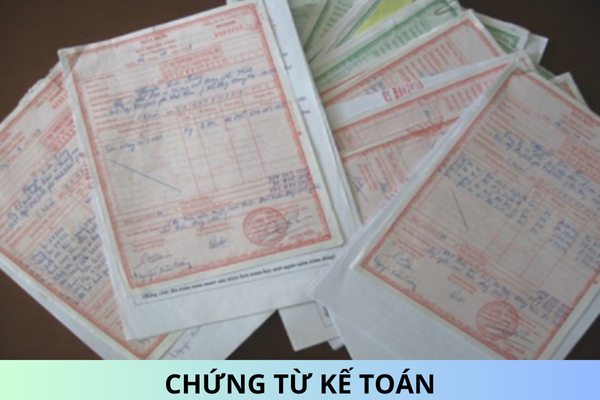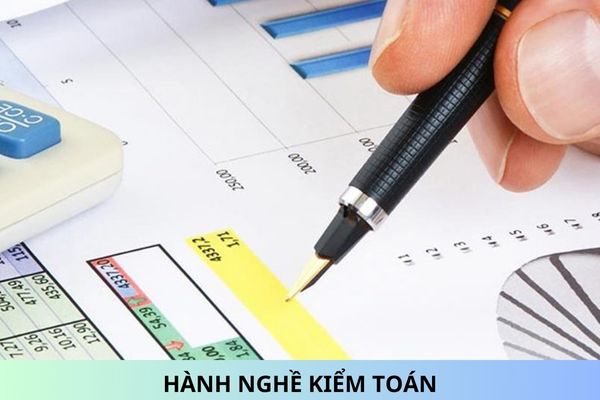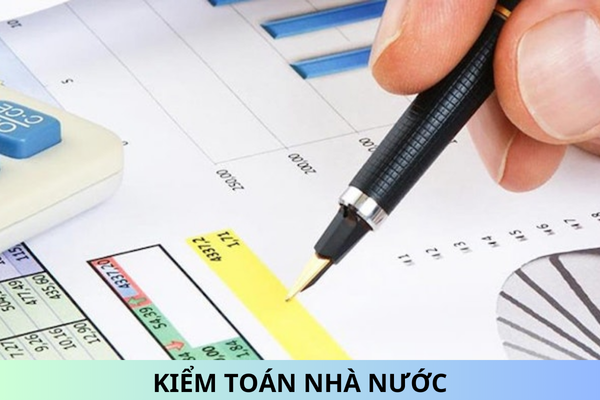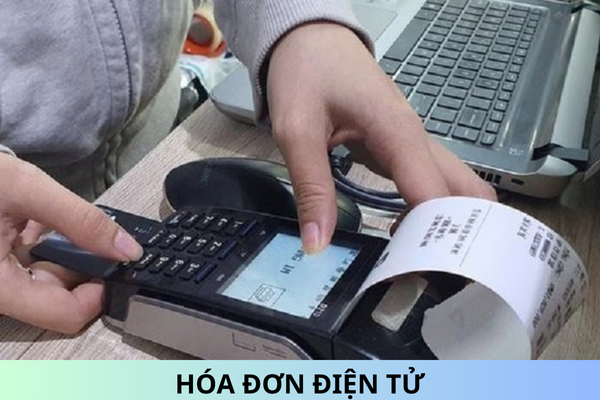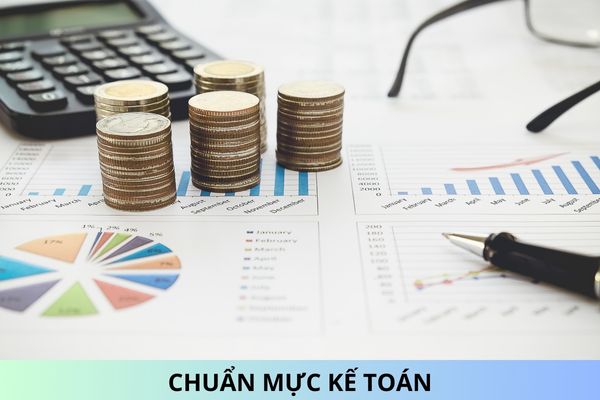What is VAT deduction for unpaid invoices in Vietnam?
Please ask: What is VAT deduction for unpaid invoices in Vietnam? - Question from Ms. Ngoc (Binh Phuoc).
What is VAT deduction for unpaid invoices in Vietnam?
At Point c, Clause 3, Article 15 of Circular 219/2013/TT-BTC amended by Article 1 of Circular 173/2016/TT-BTC and Clause 10, Article 1 of Circular 26/2015/TT-BTC, regulations on conditions for input VAT deduction are as follows:
Conditions for input VAT deduction
...
3. Bank transfer confirmations are documentary evidence proving the transfer of money from the buyer’s account to the seller’s account opened at providers of payment services under legitimate payment methods such as checks, payment orders, cash collection orders, bank cards, credit cards, SIM cards (digital wallets) and other means of payment as prescribed (including the cases in which the buyer transfer money from the buyer’s account to the seller’s account carrying the name of the owner of a private enterprise or from the buyer's account carrying the name of the owner of the enterprise to the seller's account).
...
c) With regard to goods purchased under a deferred payment plan or instalment plan that cost VND 20 million or more, the taxpayer shall declare and deduct input VAT according to the sale contracts, VAT invoices, and bank transfer receipt, If the bank transfer receipt is not available before the payment deadline according to the contract, the taxpayer may still deduct input VAT.
Where the taxpayer does not have bank transfer receipts when making payments, the taxpayer shall declare a reduction of deducted input VAT on the value of goods/services without bank transfer receipts in the tax period during which the cash payment is made (even if the tax authority and competent authorities have decided an inspection of the tax period in which VAT is declared and deducted.
...
On the other hand, Official Dispatch 06/TCT-CS of 2017 provides guidance on tax deduction of unpaid invoices as follows:
In case there is no proof of payment via bank due to the time of payment according to the contract, the business establishment can still declare and deduct input value added tax. By the payment deadline stated in the contract, if the business establishment does not have payment documents via bank, the business establishment does not have to adjust or reduce the value added tax amount declared as deduction until actual payment. If a business establishment does not have payment documents via bank, the business establishment must declare and adjust the amount of value-added tax that has been deducted corresponding to the value of goods and services without bank payment documents in the tax period in which the actual payment occurs.
Thus, VAT deduction for unpaid invoices in Vietnam is regulated as follows:
- For goods and services purchased on deferred payment or installments with a value of 20 million VND or more, the company declares and deducts input VAT based on the contract to purchase goods and services on deferred payment or installment payment.
In case there is no proof of payment via bank, declare and adjust the amount of VAT that has been deducted for the value of goods and services without bank payment documents in the tax period in which cash payments arise.
In case there is no proof of payment via bank because it is not yet time for payment, it is not necessary to adjust or reduce the value-added tax amount declared as deduction until actual payment. Business establishments do not have proof. If payment is made via bank, the business establishment must declare and adjust to reduce the amount of value-added tax that has been deducted corresponding to the value of goods and services without bank payment documents in the tax period in which the actual payment occurs.
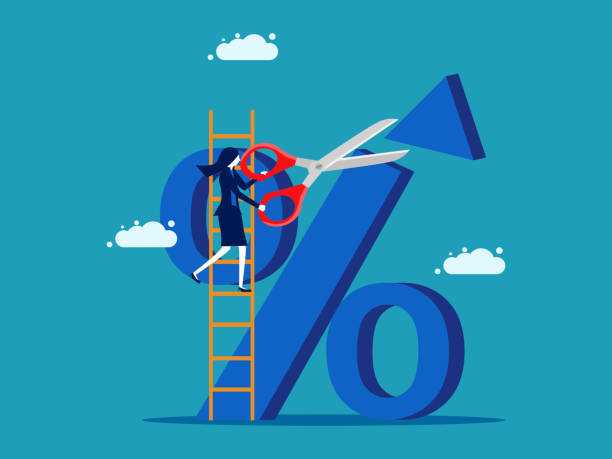
What is VAT deduction for unpaid invoices in Vietnam? (Image from the Internet)
What are regulations on E-invoice format in Vietnam?
In Article 12 of Decree 123/2020/ND-CP, the E-invoice format is specified as follows:
1. The e-invoice format is the technical standards for type of data, length of data of information fields serving transmission, storage and display of e-invoices. E-invoices shall be XML (extensible Markup Language) documents, which are meant to share electronic data between IT systems.
2. The data of an electronic invoice consists two components: information about the transaction and the digital signature. Authenticated e-invoices shall also contain the data of the tax authority’s code.
3. The General Department of Taxation shall develop and announce the format of transaction-related information, digital signatures and tools for display of e-invoices prescribed herein.
4. The following requirements must be met when sellers directly transmit data to tax authorities:
a) Connect to the General Department of Taxation via a separate channel or MPLS VPN Layer 3, including 1 main channel and 1 backup channel. Each channel has a minimum bandwidth of 5 Mbps.
b) Use an encrypted Web Service or Message Queue (MQ) for connection.
c) Use Simple Object Access Protocol (SOAP) to compile, transmit and receive data.
5. Contents of e-invoices shall be fully and accurately displayed, ensure readers can read them with electronic devices.
Do goods which are internally rotated in production process require an invoice in Vietnam?
Clause 1, Article 4 of Decree 123/2020/ND-CP stipulates rules for issuance, management and use of invoices and records as follows:
Rules for issuance, management and use of invoices and records
1. When selling goods or providing services, the seller shall issue and send invoices to buyers (including goods/services used for sales promotion, advertising or as samples, goods/services gifted, donated, exchanged or used as salary payment to employees and internal use (except goods which are internally rotated in production process), and goods rented, lent or returned). Such invoices shall have adequate contents written according to the provisions in Article 10 hereof, except e-invoices which must follow the standard format prescribed by tax authorities as prescribed in Article 12 hereof.
...
Thus, if goods are internally rotated in production process, there is no need to issue invoices in Vietnam.
Best regards!
